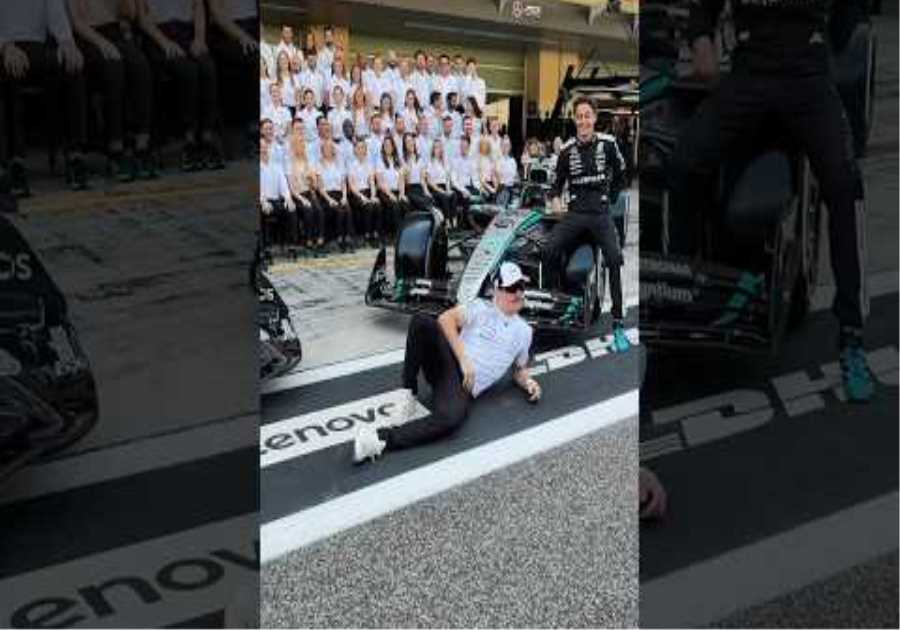
Introduced for the 2011 F1 season, DRS (Drag Reduction System) is a driver-controlled device used to aid overtaking and improve wheel-to-wheel racing in F1.
Drivers have a DRS button on their steering wheels which they can use in specific zones in qualifying or in the race.
The device is controversial as many critics see DRS as a gimmick as in the past, drivers could overtake without extra assistance.
With the introduction of the new 2022 rules which have been designed with improving overtaking in mind, F1 boss Ross Brawn hopes the sport will be able to drop DRS entirely in the years to come.
Related Articles
Why was DRS introduced in 2011?
DRS was introduced as a result of what happened in the 2010 title finale between Fernando Alonso and Vitaly Petrov.
Alonso was stuck behind the Renault driver for the majority of the Abu Dhabi Grand Prix, ultimately costing the Ferrari driver the drivers’ title to Sebastian Vettel.
With modern F1 cars producing ridiculous amounts of turbulent air, drivers have often found it difficult to follow other cars – another reason why DRS was introduced.
Without it, there would be very few overtakes given the difficulties in following other cars closely on track.
How does DRS work?
The DRS is situated on the rear wing of an F1 car – a letterbox or flap you might hear described on TV.
The drivers can push the DRS button and their rear wing will open using an actuator controlling a flap in the middle of it.
Drivers are only allowed to use the DRS in specific activation zones outlined by the FIA ahead of the race weekend.
In practice and qualifying, it can only be used in these zones.
In the race, it can only be used in these zones if the driver is within one second of the car ahead.
The one-second gap is measured at different detection zones on the circuit, usually several meters before the activation zone.
Again, these detection zones are outlined ahead of the weekend by the FIA.
Once the DRS is open, there’s less drag on the car and thus the driver is given a significant straight-line speed advantage, giving them a better chance of overtaking or finding crucial lap time.
DRS is then deactivated by lifting off the throttle, braking or pressing the DRS button again.
It also cannot be used on the first two laps of a grand prix or after a safety car or red flag – two laps must have passed.
The stewards may decide to deactivate DRS for the entire conditions if it is wet or there’s a yellow flag out on circuit near the DRS zone.
DRS zones
DRS zones are decided by the FIA ahead of the race weekend.
Each track has a different amount of DRS zones depending on its track configuration.
For example, Bahrain has three DRS zones, while Monaco has just one.
The FIA doesn’t tend to put DRS zones on corners due to driver safety – so don’t expect to see one in the Monaco tunnel any time soon.






